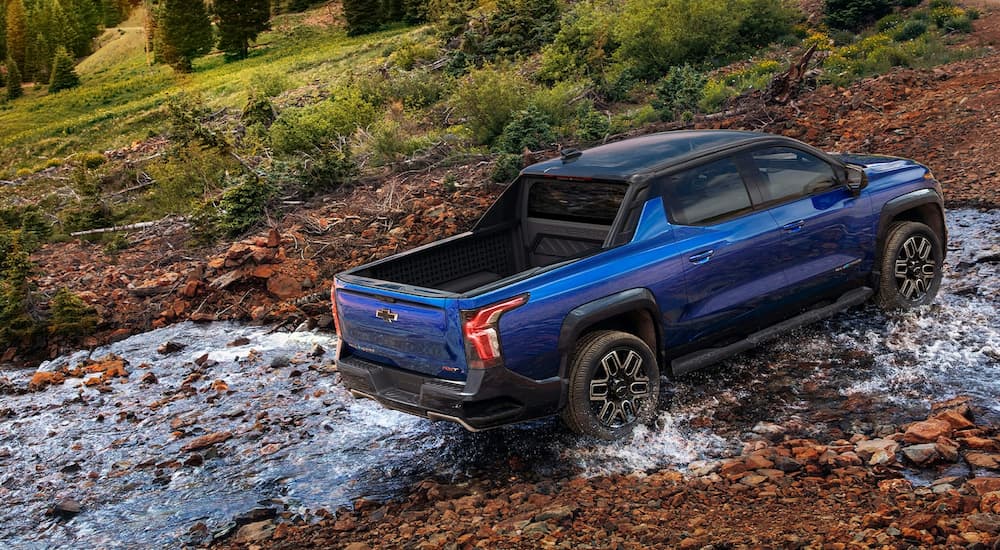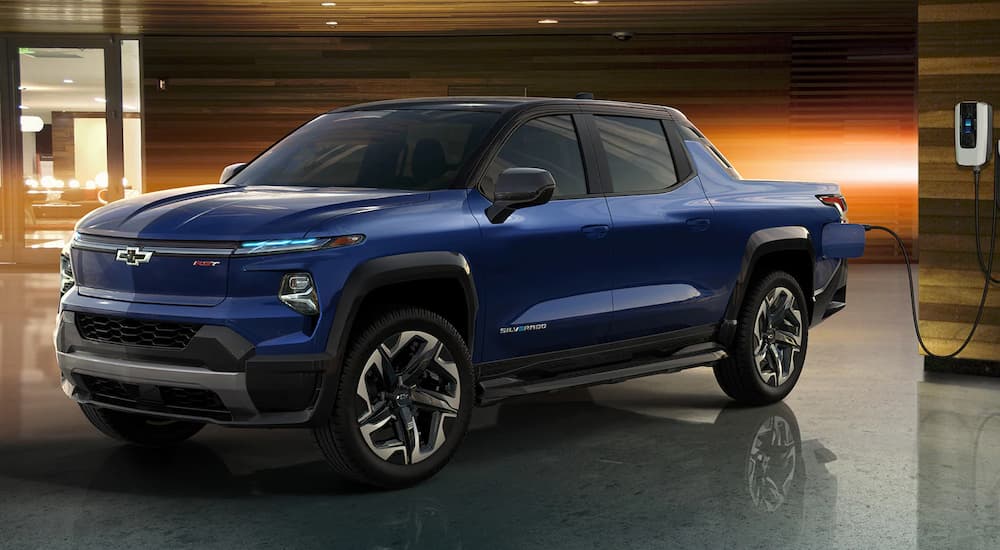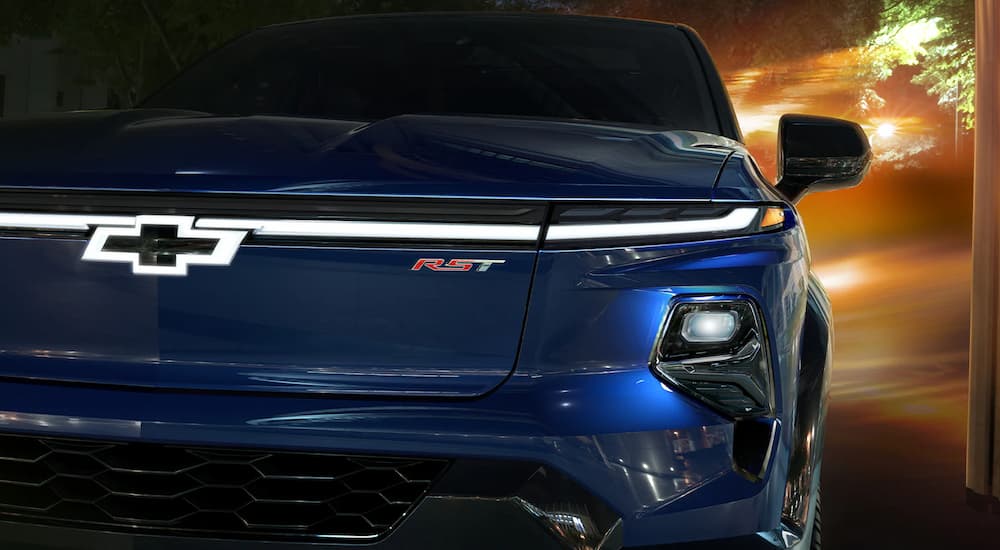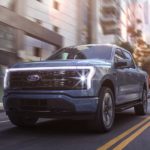The auto industry is betting big on EVs right now. It seems you can’t swing a charging cable without hitting another EV startup or take a drive without hearing another traditional manufacturer announce that it is phasing out internal combustion engines. However, while Tesla has certainly proven that EVs are more than viable for luxury sedans and small SUVs, it remains to be seen if electric motors can actually replace gas and diesel when it comes to larger vehicles–but that doesn’t mean there is any shortage of companies getting ready to try. Chevy is the latest to throw its hat in the ring, unveiling the all-new Silverado EV, which despite the name, doesn’t share a single part with the Silverado or even look all that much like the popular gas and diesel truck.
GM has been touting itself as the leader in the EV space, even having President Biden congratulate the company on leadership in electrifying the American auto industry. But behind the big talk, GM doesn’t have much to show for its efforts. While Tesla is smashing production records left and right, Ford is taking the market by storm with the Mustang Mach-E, and other brands are getting ready to jump into the market, GM is beset by EV issues. Its Bolt EV and Bolt EUV suffered one of the largest recalls in recent history for spontaneous battery fires, and its next-generation Ultium platform has been beset by delays, resulting in just a single Hummer EV rolling out of the new Factory Zero in all of 2021. In short, GM desperately needs some good news, and the Silverado EV is designed to be exactly that.

The Truck, Reimagined
The new Silverado EV is built on the same Ultium platform as the Hummer EV and has more than a passing family resemblance to the six-figure super truck. However, the Silverado EV is not designed to be an exclusive off-roader that is bought to make a statement. It is intended to supplement, and perhaps even replace, the best-selling Silverado. To be an affordable truck that can get work done and take the family on vacation. This difference in focus shows in both the Silverado EV’s greater practicality and in its lower price tag (claimed to be just $39,900 for the base WT–although that affordable trim is coming “after production ramps up”).
However, unlike Ford, which simply shoved a battery pack and some electric motors into an F-150 chassis and called it a day, the Silverado EV is a dedicated electric truck that leans more towards luxury than ruggedness. The standard crew cab, panoramic sunroof, 24-inch wheels, and unibody design all speak to that. Under the skin, you will find independent front and rear suspension combined with adjustable air springs for a smooth as well as silent ride. Inside the cabin, you will be greeted by an enormous 17-inch touchscreen paired with an 11-inch driver display. Overall, trucks are being used as family vehicles and commuters more than as workhorses, and the Silverado EV may be the ultimate expression of that trend, so if you are looking for comfort, expect to be wowed.
Drivers seeking a work vehicle won’t be too disappointed, however. The WT trim has an easy-clean cloth and rubber interior, a scaled down 11-inch touchscreen, and a variety of work-ready features. The Silverado EV is powered by a massive 200 kWh battery pack (the F-150 Lightning Extended Range uses a 131 kWh pack for comparison) and a pair of electric motors generating up to 660 horsepower and 780 lb-ft of torque. All that power allows it to tow up to 10,000 lbs, and Chevy promises that a heavy-duty version with an impressive 20,000 lb tow rating is in the works. The heavy battery pack cuts into payload, however, so don’t expect to haul more than 1,300 lbs with this truck (and do expect a GVWR in the 10,000 lb range).
Chevy Ramps Up–but Is It Enough?
The Silverado EV is planned to launch for the 2024 model year, so it’s going to be a bit of a wait before you can test drive this electric pickup for yourself. Overall, the specs look competitive with models like the Ford F-150 Lighting and Rivian R1T, and we can expect the Silverado EV to sell well for the bowtie badge alone. However, two years is a long time in the EV world, and that’s assuming GM manages to keep to its timeline. Ford and Rivian will have a chance to corner the market before the Silverado EV even starts appearing at dealerships, and the Tesla Cybertruck with its dramatically better specs remains the elephant in the room (although Tesla has just as many problems keeping to timelines as GM does). Add the possibility of other electric trucks launching soon, and the Silverado EV may end up being too little too late.





